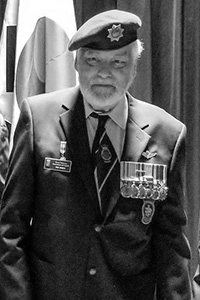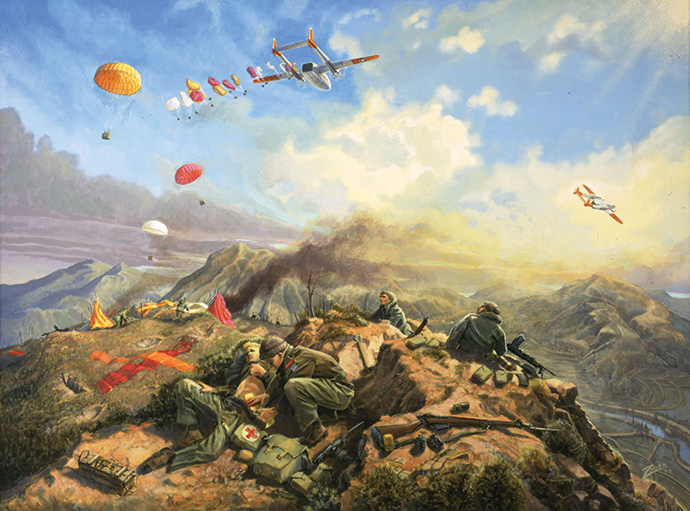
1/29
Long🧵
This tweet below gives me an opportunity to send out an updated & lengthy🧵on medical support/considerations in urban operations.
Long🧵
This tweet below gives me an opportunity to send out an updated & lengthy🧵on medical support/considerations in urban operations.
https://twitter.com/GlasnostGone/status/1578425443945832453
2/29
Due to the enemy being in the next room (thus close quarters combat); because concrete, brick, stone, steel & wood are extremely unforgiving on the human body; & due to the incredible levels of mental stress that psychologically debilitates soldiers fighting in the…
Due to the enemy being in the next room (thus close quarters combat); because concrete, brick, stone, steel & wood are extremely unforgiving on the human body; & due to the incredible levels of mental stress that psychologically debilitates soldiers fighting in the…
3/29
…urban environment, urban warfare creates 3-to-6 times the amount of casualties (I’m sticking to my doctrine @Stu_Lyle!). Many injuries from fractured/broken bones, crushing injuries from heavy objects/walls falling on people, personnel falling down stairs/out of windows.
…urban environment, urban warfare creates 3-to-6 times the amount of casualties (I’m sticking to my doctrine @Stu_Lyle!). Many injuries from fractured/broken bones, crushing injuries from heavy objects/walls falling on people, personnel falling down stairs/out of windows.
4/29
Many injuries from burns & shrapnel. Bullet & shrapnel wounds largely on the arms, legs, neck are increased (people getting shot/receiving shrapnel from looking around corners). That means medical personnel must be right up with the frontline troops.
Many injuries from burns & shrapnel. Bullet & shrapnel wounds largely on the arms, legs, neck are increased (people getting shot/receiving shrapnel from looking around corners). That means medical personnel must be right up with the frontline troops.
5/29
Ideally, I would like to see 1 medic for every section/squad but that is impossible, so all frontline troops must have rigorous medical training. Also, as much medical supplies as one can carry: one-handed tourniquets, splints, bandages, gauze dressings…
Ideally, I would like to see 1 medic for every section/squad but that is impossible, so all frontline troops must have rigorous medical training. Also, as much medical supplies as one can carry: one-handed tourniquets, splints, bandages, gauze dressings…
6/29
…slings, clotting agents, fibrin dressings, hemorrhage control drugs, lots of IV fluids/blood bags, improvised stretchers, medical supplies specifically for burns are critical. In urban warfare troops have to fight light because of how physically exhausting the…
…slings, clotting agents, fibrin dressings, hemorrhage control drugs, lots of IV fluids/blood bags, improvised stretchers, medical supplies specifically for burns are critical. In urban warfare troops have to fight light because of how physically exhausting the…

7/29
…fighting is – running across streets, climbing stairs, moving through subterranean systems – so they must carry ammo, ammo, ammo, water, water, water & medical supplies medical supplies medical supplies. Don’t forget the ammo, ammo, water, water & medical supplies too.
…fighting is – running across streets, climbing stairs, moving through subterranean systems – so they must carry ammo, ammo, ammo, water, water, water & medical supplies medical supplies medical supplies. Don’t forget the ammo, ammo, water, water & medical supplies too.
8/29
Company second-in-commands, sergeant-majors, platoon second-in-commands have to plan to withdraw casualties from multiple-storied buildings (can’t use the elevators), over-and-through rubble & all of the collateral damage on the streets, & subterranean systems.
Company second-in-commands, sergeant-majors, platoon second-in-commands have to plan to withdraw casualties from multiple-storied buildings (can’t use the elevators), over-and-through rubble & all of the collateral damage on the streets, & subterranean systems.
9/29
Ideally, they can bring armoured vehicles right up to the buildings so they can load the casualties & they can be protected as they withdraw. If there is too much collateral damage on the street though then 2-to-4 soldiers are hand-carrying the casualties back…
Ideally, they can bring armoured vehicles right up to the buildings so they can load the casualties & they can be protected as they withdraw. If there is too much collateral damage on the street though then 2-to-4 soldiers are hand-carrying the casualties back…
10/29
…& that uses up personnel & weapons that commanders need in the fight. So, the balance between fighters & supporters must be there. Withdrawing casualties by hand is going to take a lot of time also & tires out your troops pretty quick.
…& that uses up personnel & weapons that commanders need in the fight. So, the balance between fighters & supporters must be there. Withdrawing casualties by hand is going to take a lot of time also & tires out your troops pretty quick.

11/29
As Klem @Zarelepotec stated in this tweet, casualty evacuation (CASEVAC) must also be rehearsed in training. Sometimes in the military we are bad for just wanting to do the exciting stuff i.e. pulling triggers, running around, throwing grenades etc.
As Klem @Zarelepotec stated in this tweet, casualty evacuation (CASEVAC) must also be rehearsed in training. Sometimes in the military we are bad for just wanting to do the exciting stuff i.e. pulling triggers, running around, throwing grenades etc.
https://twitter.com/Zarelepotec/status/1520483395675033605
12/29
Officers & senior NCOs must create urban training exercises that have soldiers practice carrying casualties under fire, down multiple flights of stairs, over rubble-clogged streets, through/out of subterranean tunnels, moving quickly between open spaces.
Officers & senior NCOs must create urban training exercises that have soldiers practice carrying casualties under fire, down multiple flights of stairs, over rubble-clogged streets, through/out of subterranean tunnels, moving quickly between open spaces.
13/29
Here are Canadians from the Loyal Edmonton Regiment hand-carrying Lance-Corporal Roy Boyd during the urban battle of Ortona (20-27 December 1943). After having a building implode on his platoon, he had been trapped under the rubble for 3 days but survived.
Here are Canadians from the Loyal Edmonton Regiment hand-carrying Lance-Corporal Roy Boyd during the urban battle of Ortona (20-27 December 1943). After having a building implode on his platoon, he had been trapped under the rubble for 3 days but survived.

14/29
Using smaller vehicles that move around the rubble might work. One of my senior NCO students suggested using John Deere golf carts to move casualties to the rear (Ukrainian farmers have proven that John Deere tractors are useable for the battlefield, why not golf carts?).

Using smaller vehicles that move around the rubble might work. One of my senior NCO students suggested using John Deere golf carts to move casualties to the rear (Ukrainian farmers have proven that John Deere tractors are useable for the battlefield, why not golf carts?).
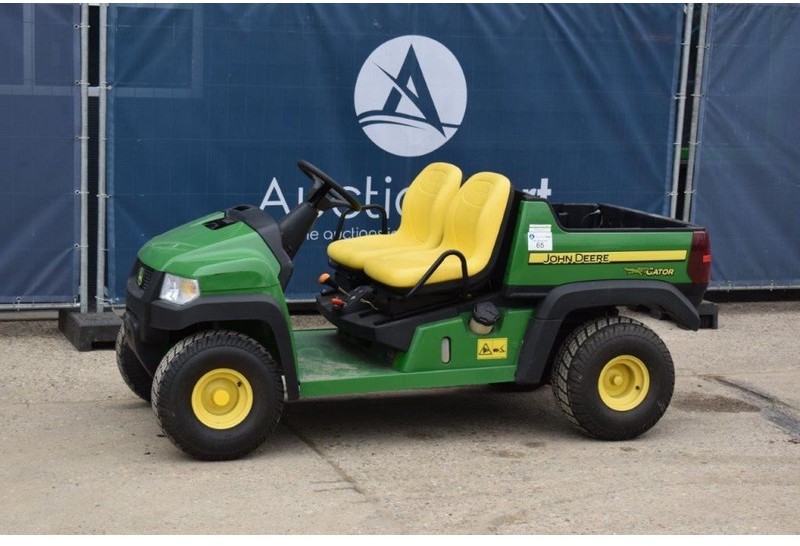
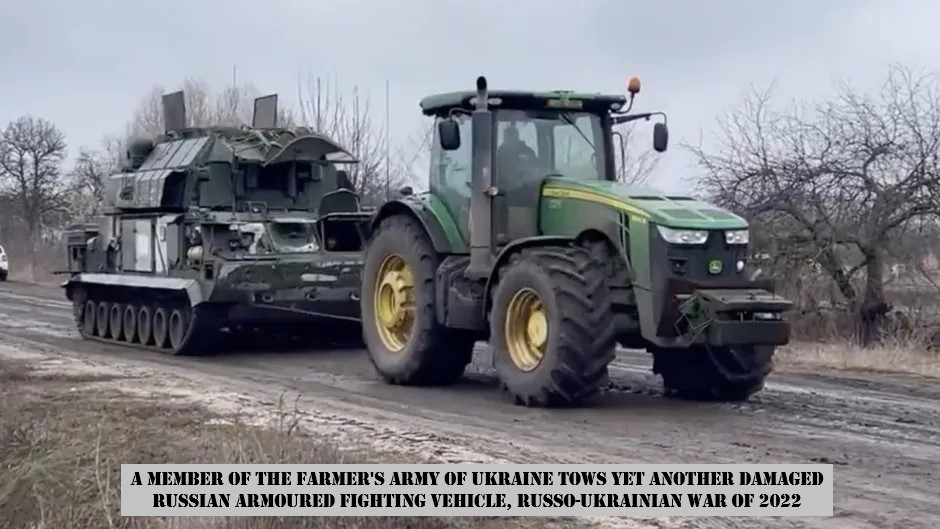
15/29
Before you think that that is crazy, U.S. Marines in the urban battle of Huế (30 January–02 March 1968) used the M-274 Mule, a small open-topped ruggedized ATV as a 106mm recoilless rifle platform & to bring ammunition/personnel up & medical casualties back.

Before you think that that is crazy, U.S. Marines in the urban battle of Huế (30 January–02 March 1968) used the M-274 Mule, a small open-topped ruggedized ATV as a 106mm recoilless rifle platform & to bring ammunition/personnel up & medical casualties back.


16/29
Casualty collection points (CCPs) known by everybody in advance & under shelter, with pre-planned timings for movement as the defenders withdraw, routes hopefully free of rubble in order to evacuate both military & CIVILIAN (I SAY AGAIN, CIVILIAN) personnel. I was on an…
Casualty collection points (CCPs) known by everybody in advance & under shelter, with pre-planned timings for movement as the defenders withdraw, routes hopefully free of rubble in order to evacuate both military & CIVILIAN (I SAY AGAIN, CIVILIAN) personnel. I was on an…
17/29
…urban ops training exercise where the battalion Regimental Sergeant-Major kept moving his CCP (because he wanted to “see the action up front”) & he was seriously upsetting the company sergeant-majors because they could never find his CCP to drop off the casualties.
…urban ops training exercise where the battalion Regimental Sergeant-Major kept moving his CCP (because he wanted to “see the action up front”) & he was seriously upsetting the company sergeant-majors because they could never find his CCP to drop off the casualties.
18/29
Due to these slow withdrawals from the urban battlefield, the medical professionals will have to be closer to the frontline so they can begin working on the wounded quickly. I’m talking anywhere from 2-to-3 city blocks behind the forward line of troops.
Due to these slow withdrawals from the urban battlefield, the medical professionals will have to be closer to the frontline so they can begin working on the wounded quickly. I’m talking anywhere from 2-to-3 city blocks behind the forward line of troops.
19/29
That’s a risk, but one that has to be assumed if they want to save lives. Surgeons will have to set-up expedient surgical operations rooms if hospitals are not close by, & they must become used to enemy artillery & rehearse hasty withdrawal procedures. The good thing…
That’s a risk, but one that has to be assumed if they want to save lives. Surgeons will have to set-up expedient surgical operations rooms if hospitals are not close by, & they must become used to enemy artillery & rehearse hasty withdrawal procedures. The good thing…
20/29
…that they can set themselves up in a building/basement, thus under shelter/protection.
The great thing about the urban environment, there are medical buildings located within it: hospitals, doctor’s private offices, veterinarian’s offices, medical clinics, pharmacies.
…that they can set themselves up in a building/basement, thus under shelter/protection.
The great thing about the urban environment, there are medical buildings located within it: hospitals, doctor’s private offices, veterinarian’s offices, medical clinics, pharmacies.
21/29
Understandably, military medical personnel are reluctant to use civilian medical facilities & equipment: legal reasons, a concern that they are taking away facilities/supplies from the local civilian population. However, if urban warfare creates…
Understandably, military medical personnel are reluctant to use civilian medical facilities & equipment: legal reasons, a concern that they are taking away facilities/supplies from the local civilian population. However, if urban warfare creates…
22/29
…3-to-6 times the amount of casualties (still sticking to my doctrine @Stu_Lyle!) & providing a majority of the civilian population has departed, medical personnel may wish to consider setting up agreements with the civilian medical facilities regardless.
…3-to-6 times the amount of casualties (still sticking to my doctrine @Stu_Lyle!) & providing a majority of the civilian population has departed, medical personnel may wish to consider setting up agreements with the civilian medical facilities regardless.
23/29
Here’s a Canadian field expedient hospital in a church in Sicily, Italy during the Second World War (1939-1945).
Here’s a Canadian field expedient hospital in a church in Sicily, Italy during the Second World War (1939-1945).
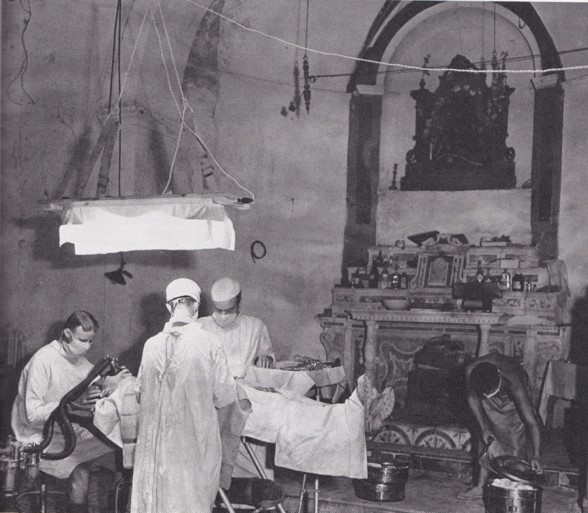
24/29
Some great resources out there if you want to research medical needs/considerations in urban warfare:
Some great resources out there if you want to research medical needs/considerations in urban warfare:
25/29
“Capital Preservation: Preparing for Urban Operations in the 21st Century, Proceedings of the RAND Arroyo-TRADOC-MCWL-OSD Urban Operations Conference,” Appendix O, “The Urban Area During Support Missions Case Study: Mogadishu, Medical Support.”
rand.org/pubs/conf_proc…
“Capital Preservation: Preparing for Urban Operations in the 21st Century, Proceedings of the RAND Arroyo-TRADOC-MCWL-OSD Urban Operations Conference,” Appendix O, “The Urban Area During Support Missions Case Study: Mogadishu, Medical Support.”
rand.org/pubs/conf_proc…
26/29
This groundbreaking article (according to a good friend of mine, a military medic who served both in Afghanistan & with our special forces personnel doing real-life medical support in combat) that was convened after the urban battle of Mogadishu (03-04 October 1993).
This groundbreaking article (according to a good friend of mine, a military medic who served both in Afghanistan & with our special forces personnel doing real-life medical support in combat) that was convened after the urban battle of Mogadishu (03-04 October 1993).
27/29
The link for it is incredibly long, so Google “Tactical Management of Urban Warfare Casualties in Special Operations” & go to the academic.oup.com website, click on that and it will appear. It is a lengthy read but very educational/informative.
The link for it is incredibly long, so Google “Tactical Management of Urban Warfare Casualties in Special Operations” & go to the academic.oup.com website, click on that and it will appear. It is a lengthy read but very educational/informative.
28/29:
Lieutenant-Colonel (Retired) Les Grau & Lieutenant-Colonel (Retired) Tim Thomas’ “Soft Log and Concrete Canyons: Russian Urban Combat Logistics in Grozny” has one section discussing medical support during the battle:
community.apan.org/wg/tradoc-g2/f…
Lieutenant-Colonel (Retired) Les Grau & Lieutenant-Colonel (Retired) Tim Thomas’ “Soft Log and Concrete Canyons: Russian Urban Combat Logistics in Grozny” has one section discussing medical support during the battle:
community.apan.org/wg/tradoc-g2/f…
29/29
Finally, @ZFTWarning’s “Medical and Humanitarian Challenges in Urban Operations.” Remember, civilians will be in the urban battlespace, & because we’re the good guys we have to give them medical treatment & safely evacuate them also:
globaljustice.queenslaw.ca/news/medical-a…
Finally, @ZFTWarning’s “Medical and Humanitarian Challenges in Urban Operations.” Remember, civilians will be in the urban battlespace, & because we’re the good guys we have to give them medical treatment & safely evacuate them also:
globaljustice.queenslaw.ca/news/medical-a…
• • •
Missing some Tweet in this thread? You can try to
force a refresh







